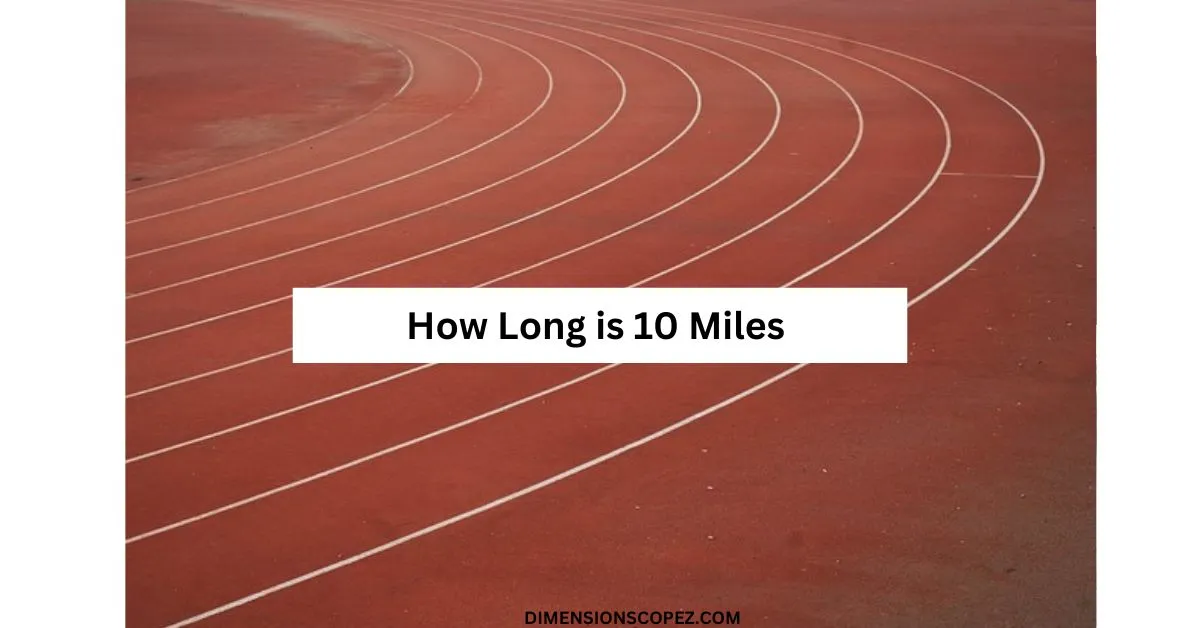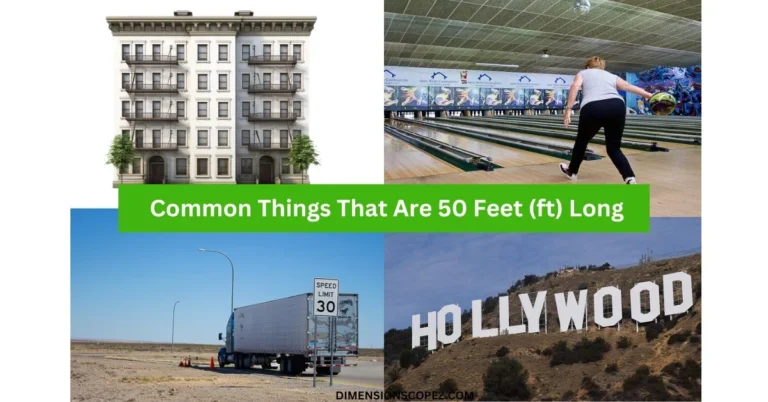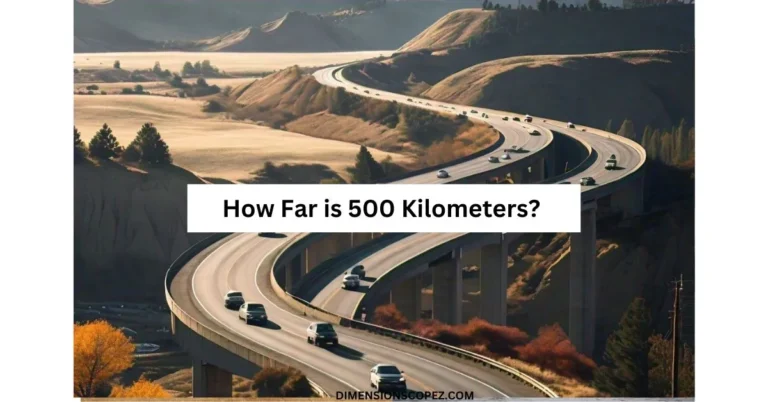How Long is 10 Miles? 9 Common Comparisons
Ten miles, equivalent to approximately 16 kilometers, is a distance that can be interpreted in various ways depending on the context. 10 miles can help relate to familiar activities and landmarks.
Whether you’re walking, driving, or thinking in terms of sports fields and famous landmarks, understanding how far ten miles is can provide a better grasp of the scale involved. In this post, we will discuss nine common comparisons that illustrate the length of ten miles.
These comparisons will include everyday activities such as walking and driving, as well as more specific references like the number of laps around a soccer field or a running track. By thinking about these everyday things, you’ll be able to understand how long 10 miles is in a more useful and reasonable way.
How Far is 10 Miles to Walk?
Walking ten miles is a long journey for most people. Most of the time, a person walks 3 to 4 miles per hour. At this rate, it would take roughly 2.5 to 3.5 hours to walk this distance, depending on the individual’s pace, terrain, and overall fitness level.
For comparison, consider a leisurely afternoon walk. A typical casual walk might cover around 1.5 to 2 miles per hour, especially if you’re strolling through a park or a scenic area. At this slower pace, walking 10 miles could take up to 5 to 6.5 hours.
How Long is 10 Miles Driving?
Driving ten miles is typically a much quicker endeavor compared to walking the same distance. The time it takes to drive 10 miles depends on the speed at which you’re traveling and the conditions of the road.
On a highway or freeway where the speed limit is usually around 60 miles per hour (mph), driving this distance would take approximately 10 minutes. This straightforward calculation assumes that there are no significant delays such as heavy traffic, road construction, or adverse weather conditions.
In urban settings, however, the situation can be quite different. City driving often involves lower speed limits, frequent stops at traffic lights, and potential congestion. If you’re driving at an average speed of 30 mph in a city, it would take about 20 minutes to cover 10 miles.
1. 50 Laps Around a Soccer Field

A standard soccer field is approximately 100 to 120 yards long and 60 to 80 yards wide. For simplicity, let’s use an average length of 110 yards and a width of 70 yards, making the perimeter about 360 yards or approximately 0.2 miles.
To walk or run ten miles around a soccer field, you would need to complete 50 laps. Running or walking 50 laps around a soccer field can be a repetitive task, but it offers a controlled environment for those looking to measure their distance precisely.
Soccer fields are also usually accessible and well-maintained, providing a consistent surface for exercise. For athletes and fitness enthusiasts, this comparison offers a realistic viewpoint on the endurance required to cover ten miles.
2. Twelve trips around the reflecting pool at the Lincoln Memorial

There is a reflecting pool at the Lincoln Memorial in Washington, D.C. It is on the National Mall and is about 2,028 feet long and 167 feet wide. Both visitors and locals like to hang out at the Reflecting Pool, which makes for a beautiful and iconic background for a long walk.
The pool is approximately 0.8 miles around its perimeter. Therefore, you would need to make approximately 12 trips around the Lincoln Memorial Reflecting Pool to cover a distance of 10 miles.
The visual appeal and relatively flat terrain make it an attractive option for covering a significant distance, like ten miles, while also enjoying the sights and sounds of the nation’s capital.
3. 40 Laps of a Running Track

A standard outdoor running track, commonly found at schools and athletic facilities, is 400 meters or approximately 0.245 miles in length for one complete lap around the track.
To determine the length of 10 miles, it takes 40 laps around a standard running track to cover the same distance. It is useful for athletes and runners who are accustomed to training on tracks, as it provides a familiar context for visualizing the distance.
Running or walking 40 laps on a track might seem monotonous to some, but it allows for precise measurement of distance and pace. Tracks are typically designed for high-performance running, providing an even and cushioned surface that minimizes injury risk.
See Also>> How Far is 50 km? 10 Common Comparisons
4. Six Times The Golden Gate Bridge

The Golden Gate Bridge is in San Francisco, California, and it makes up about 1.7 miles of the bridge. To cover a distance of 10 miles, you would need to cross the Golden Gate Bridge approximately six times. The Golden Gate Bridge is not only an engineering marvel but also a beloved landmark and tourist attraction.
Walking or biking across the bridge provides amazing views of the San Francisco Bay and the city skyline, making it a memorable experience for those looking to incorporate sightseeing into their exercise routine. The bridge offers a fascinating view at a distance of ten miles, juxtaposing it against one of the most recognizable structures in the world.
5. One and a Half Loops on the Central Park Loop
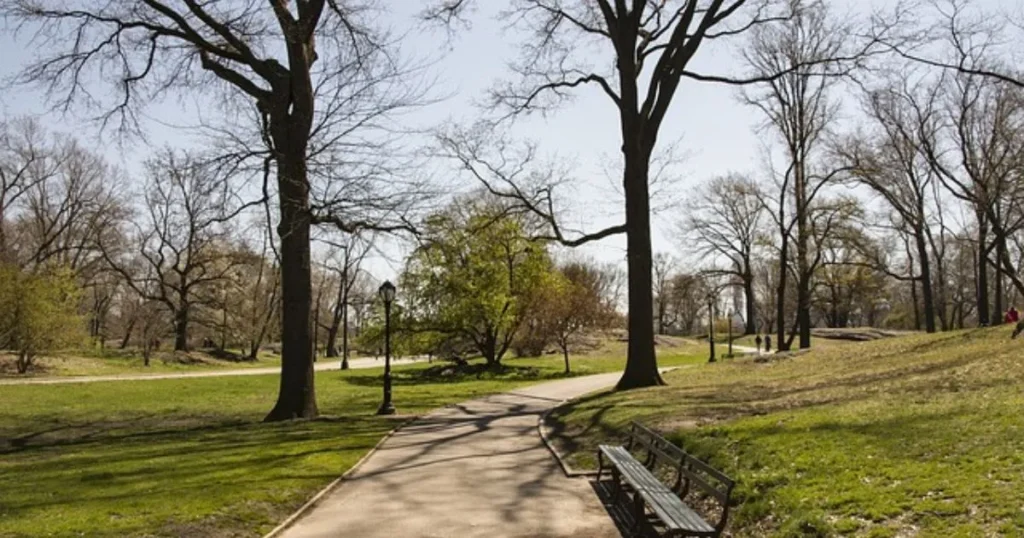
Central Park, located in the heart of Manhattan, New York City, boasts a popular running and walking path known as the Central Park Loop. The Central Park Loop is a favorite route for joggers, walkers, and cyclists, providing a scenic and tranquil environment for exercise.
Ten miles is slightly longer than one-and-a-half full loops because the Central Loop goes around Central Park and is 6.1 miles long. So you can view 10 miles, completing approximately one and a half loops around the Central Park Loop. Central Park is a cherished urban oasis, offering a respite from the bustling streets of New York City.
6. 20,000 Walking Steps
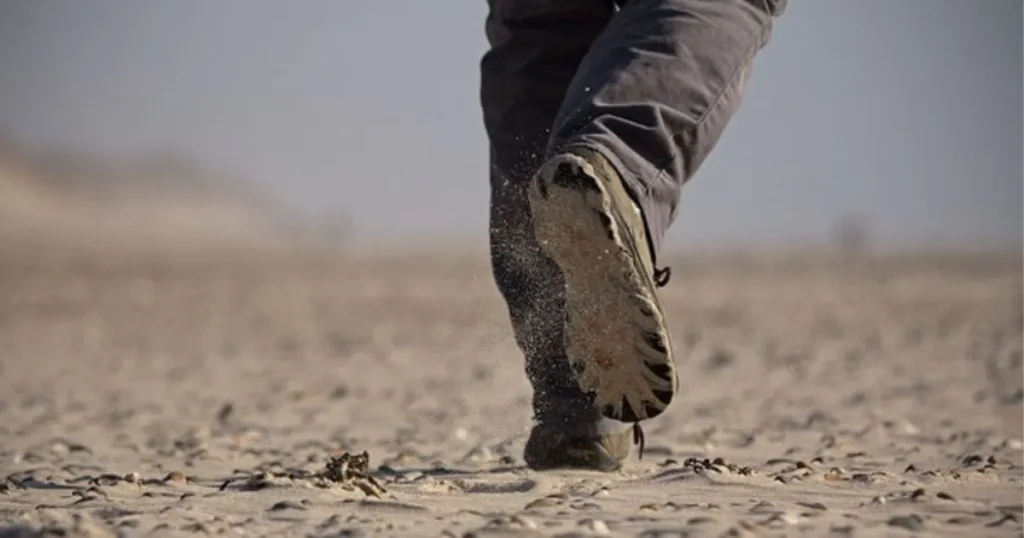
The number of steps it takes to cover a distance of ten miles depends on various factors such as stride length and pace. However, a commonly cited average is around 2,000 steps per mile for an average adult walking at a moderate pace.
To reach a distance of 10 miles, you would need approximately 20,000 walking steps. This estimate can be different for each person depending on their height, leg length, and walking speed, but it serves as a useful guideline for understanding the distance.
For those who track their physical activity using step counters or pedometers, reaching 20,000 steps in a single day is often considered an ambitious goal. It requires consistent movement throughout the day and can be achieved through activities like walking, hiking, or even everyday tasks such as housework or gardening.
7. 10 Minutes Driving

Driving at a speed of 60 miles per hour (mph) is a common scenario on highways and freeways, where the speed limit often allows for faster travel. Covering a distance of 10 miles at this speed is relatively quick, taking only 10 minutes.
Driving at 60 mph allows you to cover 1 mile every minute. Therefore, by driving for 10 minutes at this speed we can cover ten miles. However, it’s essential to remember that driving at high speeds comes with risks and responsibilities.
Safety should always be a top priority when operating a motor vehicle, and drivers should adhere to speed limits, traffic laws, and road conditions to ensure their safety and the safety of others on the road.
While driving at 60 mph for 10 minutes may be a convenient way to cover a distance of ten miles, it’s crucial to approach driving with caution and mindfulness to prevent accidents and promote safe travel for everyone on the road.
8. 2/5 of a Marathon

A marathon is a long-distance running event with a standardized distance of 26.2 miles. Running a full marathon requires extensive training, endurance, and mental fortitude. Comparing 10 miles to a marathon provides context for the distance and offers insight into the scale of both endeavors.
As I said, the length of a marathon is 26.2 miles. When you math, two-fifths of a marathon will be 10.4 miles a little longer than ten miles. It covers approximately 38.2% of the total distance of a marathon.
While completing a marathon remains a formidable challenge, covering ten miles is a noteworthy milestone for many runners and athletes. It signifies dedication, perseverance, and progress toward longer-distance goals in the realm of running and fitness.
9. Distance Between Cities

Comparing the distance of ten miles to the distance between two cities offers a broader perspective on scale and distance. While 10 miles may seem significant in some contexts, it’s relatively small compared to the distances traveled between cities, especially in larger countries or regions.
The distance between cities can vary greatly depending on their locations and geographical features. However, the distance between neighboring cities may be relatively short. At the same time, the distance between cities in different states or countries can be much greater.
Final Thoughts
Ultimately, comparing 10 miles to other distances gives us useful information about how big it is and what it means in different situations. Imagining 10 miles helps us understand how it changes our daily lives and routines, whether we’re walking, driving, or thinking about sites and sports venues.
From the stamina needed to walk or run this far to how quickly and easily you can drive it in 10 minutes, each comparison gives us a different view. In the end, looking at these common comparisons helps us understand distance better and makes us value the trip, no matter how many steps, laps, or miles it takes.
So, in the future, you see the number 10 miles, think about how it changes the way we feel and think about space and time.
See Also>> How Long is 2 Miles? 10 Common Comparisons

